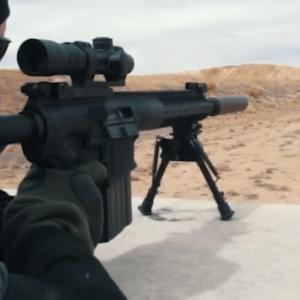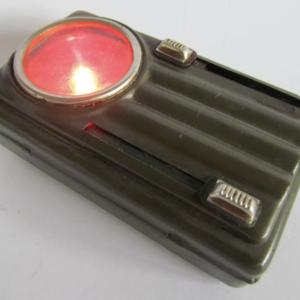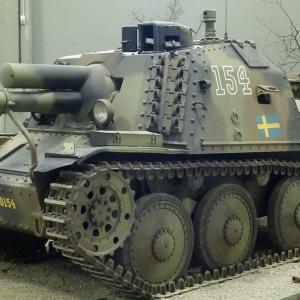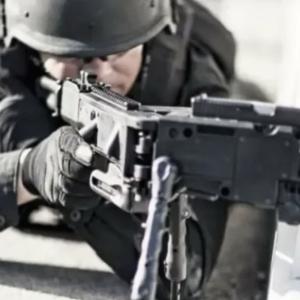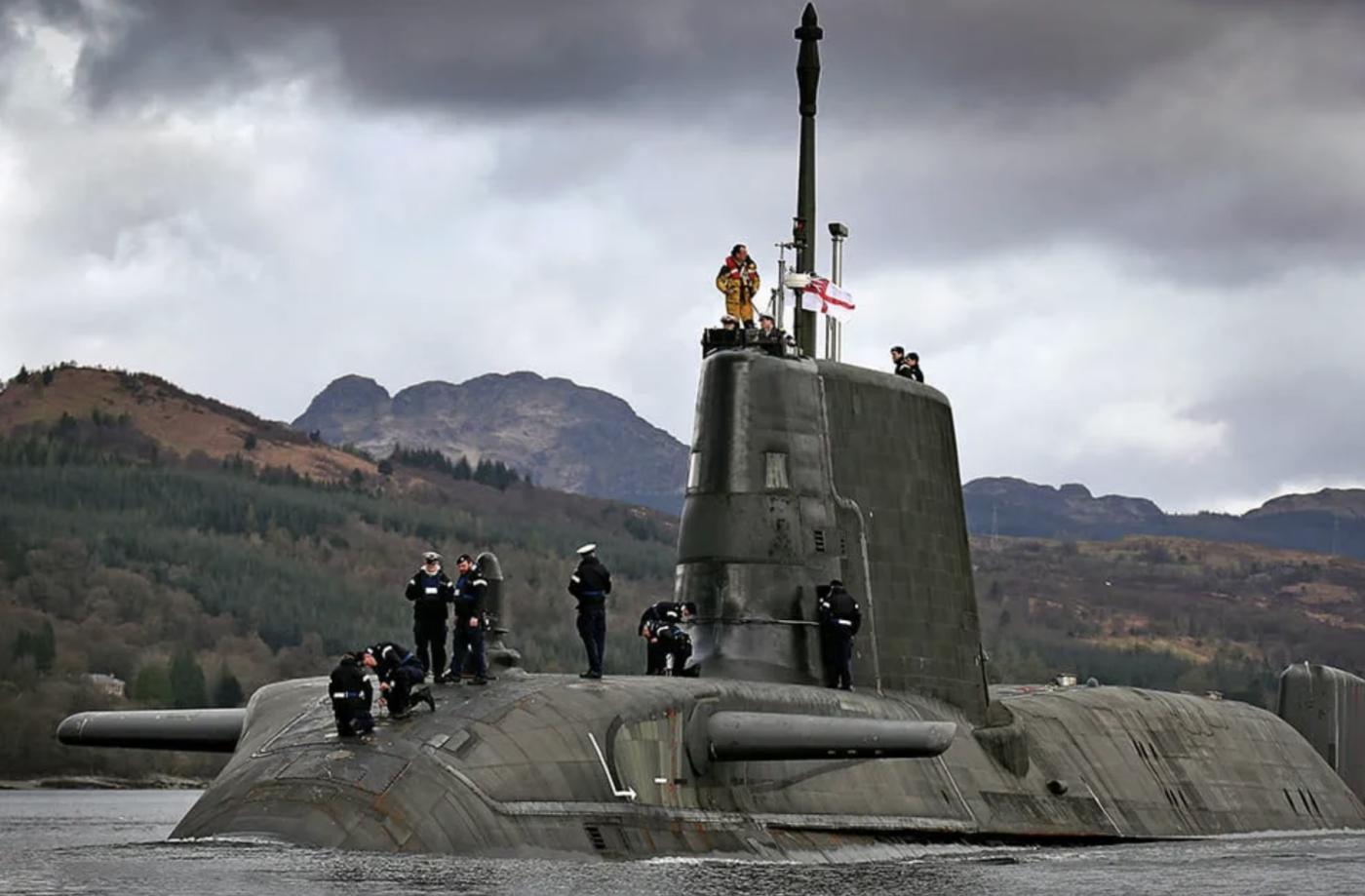
British Submarine Service
The British submarine force is one of the most crucial and discreet components of the United Kingdom’s military capability. Formed during the early 20th century, British submarines have played a significant role in both world wars and continue to be central to the UK’s strategic and tactical defence operations. Over time, the Royal Navy’s submarine fleet has evolved from rudimentary diesel-powered boats to today’s state-of-the-art nuclear-powered vessels that are capable of global deployment and remain submerged for months at a time.
The Royal Navy commissioned its first submarine, HMS Holland 1, in 1901. This marked the beginning of the Submarine Service, often nicknamed the "Silent Service" due to its covert nature. During World War I and II, British submarines carried out reconnaissance, disrupted enemy shipping routes, and engaged in direct attacks on enemy vessels. As warfare technology advanced, so did submarine capabilities, shifting the emphasis from conventional attack roles to strategic nuclear deterrence.
Today, the Royal Navy’s submarine fleet operates primarily from HM Naval Base Clyde, located in Faslane, Scotland. This base is home to all of the UK’s submarines, including those that carry the country’s nuclear deterrent. The location was chosen due to its deep water, remote setting, and strategic access to the North Atlantic Ocean. It also houses the Royal Navy Submarine School, where much of the initial and ongoing training takes place.
British submarines serve in a variety of roles, the most significant being deterrence and intelligence-gathering. The four Vanguard-class submarines are armed with Trident II D5 ballistic missiles and maintain the UK’s Continuous At-Sea Deterrent (CASD). At least one of these boats is always on patrol to ensure a second-strike capability in the event of a nuclear attack. In addition to the Vanguard class, the Royal Navy also operates the Astute-class submarines, which are nuclear-powered attack submarines (SSNs). These are not armed with nuclear missiles but carry Tomahawk land-attack cruise missiles and Spearfish torpedoes. Their primary missions include surveillance, reconnaissance, intelligence gathering, anti-submarine warfare, and supporting special operations forces.
As of 2025, the Royal Navy operates six Astute-class submarines, with one more currently under construction, and four Vanguard-class submarines. The Vanguard class is scheduled to be replaced by the new Dreadnought-class submarines beginning in the early 2030s, ensuring the continuation of the UK’s nuclear deterrent well into the mid-21st century.
Submarine training in the Royal Navy is among the most rigorous in the armed forces. Personnel are typically drawn from the surface fleet and undergo a selection process before beginning their submarine-specific training. Recruits attend the Royal Navy Submarine School, where they study submarine operations, nuclear propulsion, weapons systems, and survival techniques. Training includes classroom instruction, simulator work, and time on operational submarines. One of the most challenging phases is the Submarine Qualification (known as “the dolphins”), where trainees must demonstrate a comprehensive understanding of every system aboard a submarine. The full training pipeline can take up to two years, depending on the individual's role and prior experience.
Crews on submarines come from a mix of Royal Navy branches, including marine engineering, weapons engineering, logistics, and warfare specialists. Officers often begin their careers in surface ships before volunteering for submarine duty, then complete further training in leadership, nuclear propulsion, and strategic warfare. Enlisted personnel also transition from other units within the Navy, though some begin their careers directly in the submarine service.

